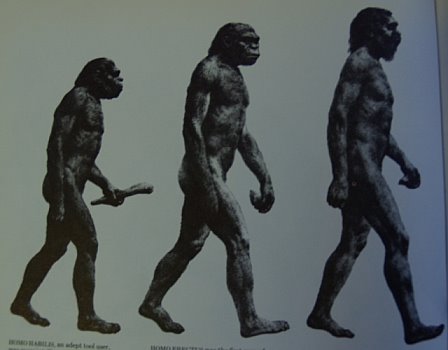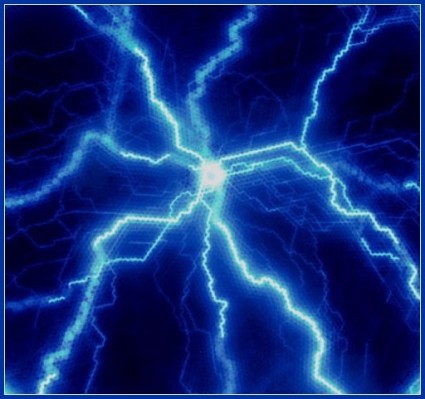However, Sadkly I really can’t spell
Giant Bunny Attack Metro
Event Papers – Narrative Design Fall 2010
1) Student Art Shows: A Review
The last three student shows have exhibited some high and low points as well as some consistent themes. I’ll be looking at the first Fall 2010 show as well as the two previous shows presented at the end of the Fall 2009 Semester and the Spring 2010 show. Continue reading
Two Event Papers
1) DAM Photography Exhibit
Eric Paddock, Curator of Photography at the Denver Art Museum gave an informal talk on both the history of the photography collection at the museum and also about how he approached the task of curating the first dedicated photography exhibition at the museum. He noted that the DAM actually started collecting photographs in the 1930’s when the museum received a complete collection of the Edward Curtis Native American series. Since then the museum has continued to collect photographs but has never shown a separate photography exhibition. The curator noted that at present there are over 7000 photos in the collection
The DAM decided three years ago to create a separate photography department and subsequently hired Mr. Paddock. Along with two assistants, he looked at every photo in the collection for possible inclusion in this first exhibit. It was interesting to note that he and his assistants did not start out with a particular theme or direction for this first exhibit. He said they simply began looking at the photos and culling out the less compelling photos over several iterations until they arrived at a tentative set for the exhibition. This methodology produced an interesting set of photos by both well known artists such as Chuck Close and Steiglitz along with many works from little known photographers. The exhibit also spans a broad time period from the 1930’s up until very recently. Overall, I think this first exhibit was very successful, with compelling and interesting images displayed.
2) MCA – Energy Effects
This seems like the most ambitious exhibition that the MCA has created to date. I was especially drawn to Jim Sanborn’s functional particle accelerator. To say it is large scale is an understatement. It is also simply a beautiful collection of scientific apparatus. Since I don’t usually think of scientific instruments or apparatus as objects of beauty this in itself presents a challenge to the viewer. The idea of creating art through the recreation of both the objects and the process of a historical event was also quite compelling. It makes me wonder what other historic events could be recreated in a similar way and qualify as art. Perhaps the context and the approval of art critics is what makes it “art” and not the subject of a made for tv reality show. For me personally, I was inspired by his commitment to what I see as both an unusual process and subject matter for an art object. Apparently it took him over 4 years to complete this work and he expended significant time and energy in both researching how to construct the apparatus and then in actually building it. I think this is probably the “take-away” message for me. I think his commitment to his own vision of what an art object can be is very apparent and I suspect that he was not deterred by those who might have questioned the legitimacy of this project as art.
3 Links for Class
Skip the brain damage over that artist statement
http://www.playdamage.org/market-o-matic/
http://www.praguebiennale.org/
My mind during finals week
It’s cold outside, I’m thinking of cars




















Electric Blue
The Power of cookies
Whee!! My experiment in trading cookies for items to put on the internet altar actually worked. An unknown person sent me this video to put on the altar and also thanked me for the cookie. Thanks to Dustin F.
“progress”






![]()







![]()

























